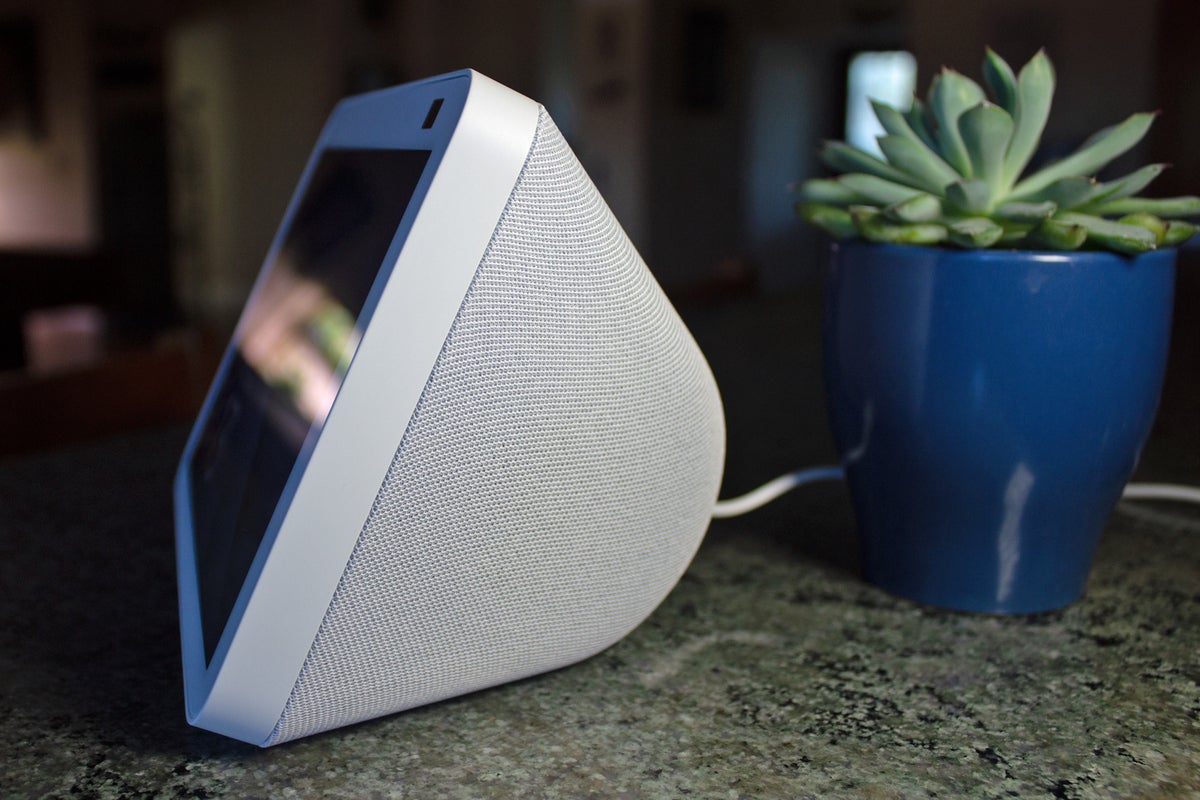


The server app is available for Windows, macOS and Linux. This just identifies you inside apps and devices, and you don't need to pay anything to get at the basic video streaming functionality (we'll explain Plex's premium plans later).Ģ. The Plex setup process takes care of everything for you, so you just need to click through some screens.ġ. You can also help Plex by naming movie files in the "name (year).mp4" format - so a file for Avatar would be "Avatar (2009).mp4", for instance.ĭon't worry about getting your whole collection in order: test out Plex with a few files first so you can see how it works and get an idea of how your media is going to look.ĭon't be put off by the term "server", which might sound a bit technical and complicated: it's just an app to "serve up" the content you've collected. Keep individual shows and seasons in separate folders too, to make it easier for Plex to work out what's what. Plex can try and organise libraries based on metadata, but its job is much easier if you put everything in folders, like "Movies" and "TV Shows" for example. As we've said, video files in pretty much any popular format will work with Plex. We're going to focus on video here, but you can use it to serve up music, photos and other content too.īefore you start, it's a good idea to have at least a handful of movies or TV shows that Plex can work with - you can easily add more later, but it'll get you up and running. Plex helps you build your own personal Netflix library and then stream it to any screen in any room - it can even beam video to other computers and mobile devices anywhere in the world. If that's the case, Plex is the best tool for the job. Netflix is fine, if what you want to watch is on Netflix, but you might have your own videos you need to stream around the house.


You've probably got quite a few screens at home - and the number could well be growing over time - which poses the problem of how to get movies and TV shows up on all these different displays.


 0 kommentar(er)
0 kommentar(er)
